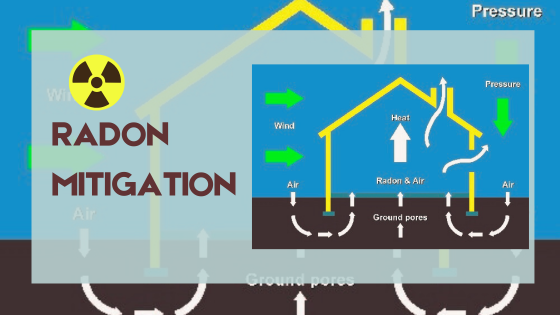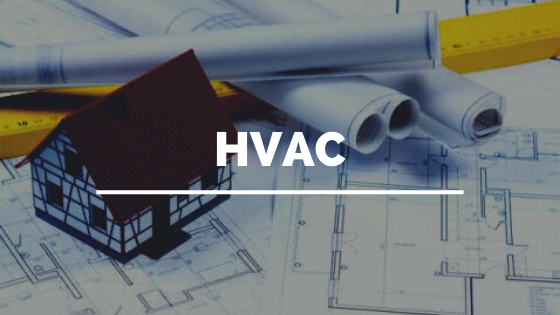Radon is a naturally occurring radioactive gas that can be harmful when it accumulates in homes. Originating from the decay of uranium in soil and rock, it can seep into buildings through cracks and openings in foundations. The Cincinnati area, known for its unique geological properties, is no exception to radon risk. Long-term exposure to high levels of radon can lead to serious health issues, including lung cancer. Therefore, it’s crucial for homeowners to be aware of the radon levels in their homes and take necessary action if mitigation is required.
Understanding Radon and Its Risks
Radon is colorless, odorless, and tasteless, making it undetectable without specialized testing. According to the Environmental Protection Agency (EPA), radon is the second-leading cause of lung cancer in the United States, responsible for thousands of deaths each year. The risk is particularly significant for smokers, as the combination of smoking and radon exposure increases the likelihood of lung cancer.
Radon in Cincinnati
Certain areas, including Cincinnati, are more susceptible to higher radon levels due to their geological makeup. Southwestern Ohio, where Cincinnati is located, has a higher prevalence of radon due to the sedimentary rock formations prevalent in the region. Studies and environmental surveys have indicated that homes in this area frequently test above the EPA’s recommended action level for radon of 4 picocuries per liter (pCi/L) of air.
Testing for Radon
The first step in determining if your home requires radon mitigation is testing. There are two primary types of tests: short-term and long-term.
Short-term tests: These are the quickest way to get an indication of your home’s radon levels. They last between 2 to 90 days, typically using activated charcoal or electret ion methodology. Short-term tests are useful for initial screening but may not always offer an accurate year-round average due to fluctuations in radon levels.
Long-term tests: Conducted over a period of more than 90 days, these tests provide a more accurate representation of your home’s radon level. Long-term testing devices, like alpha track and digital radon detectors, are typically used.
Homeowners can purchase radon test kits at hardware stores or online, with instructions on how to properly deploy and send them to a lab for analysis. Alternatively, professional radon inspectors can be hired to conduct a thorough evaluation.

Interpreting Test Results
According to the EPA, radon levels at or above 4 pCi/L warrant action. If your test results indicate radon levels near or above this threshold, it is advisable to consider mitigation options. While there is no safe level of radon exposure, reducing levels as much as possible is recommended to mitigate health risks.
Radon Mitigation Methods
Should your home require radon mitigation, several effective methods can reduce indoor radon levels:
- Soil Suction: This is the most common and effective method for radon reduction. A vent pipe system and fan draw radon from beneath the house and expel it outside.
- Sealing Cracks and Openings: While not a standalone solution, sealing entry points can support other mitigation methods.
- Pressurization: Adjusting air pressure in the home to prevent radon entry can also be effective. This usually requires a professional assessment and setup.
- Heat Recovery Ventilator (HRV): These systems improve ventilation and can reduce radon levels by exchanging indoor and outdoor air.
Hire A Professional Radon Mitigation Service
If you’re not sure how to reduce radon levels in your home, it’s best to hire a professional radon mitigation company. They can assess the situation and recommend the best course of action for your situation.
Conclusion
Given the prevalence of radon in the Cincinnati area and its serious health risks, proactive testing and mitigation are essential. Regular radon testing ensures that your home remains safe, and appropriate mitigation can significantly reduce exposure. Cincinnati homeowners should prioritize radon testing to protect their families from this invisible but dangerous gas. By understanding the risks, conducting proper testing, and employing mitigation strategies, you can ensure a safer living environment.



